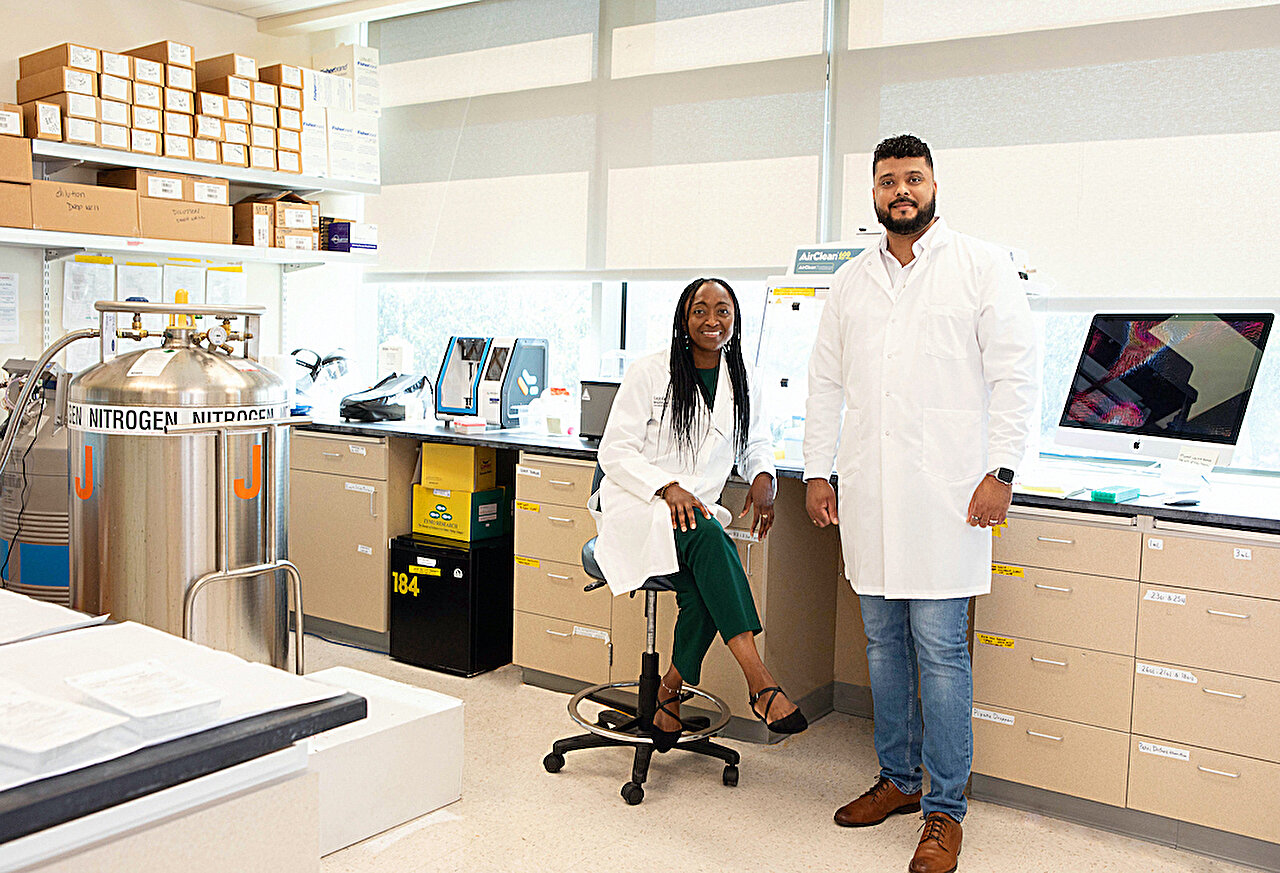CLLR Newsletter Feb 24 – SafetyRisk.net

Technique is the quest for ultimate efficiency and was first articulated in 1964 by Jacques Ellul in The Technological Society (https://ia803209.us.archive.org/2/items/JacquesEllulTheTechnologicalSociety/Jacques%20Ellul%20-%20The%20Technological%20Society.pdf).
It is important not to confuse the idea of Technique with technology, they are not the same thing. Whilst technology can be used in the quest for Technique, Technique is a disposition towards life and living, not about the objects we use to achieve ultimate efficiency. Technique is an ideology that believes that any efficiency is good. In this sense Technique is a moral and ethical energy that places efficiency above everything, including the welfare of persons. Technique often appears in the workplace as a motive for good yet, had by-products of dehumanising people. This often comes in the language ‘human factors’ and ‘resilience engineering’ which is not about humans but rather the efficiency of systems.
Postman called Technique ‘Technopoly’ (1992) (https://interesi.files.wordpress.com/2017/10/technopoly.pdf) and demonstrated how the ideology of Technique has a life of its own that demonises persons. Stupar (https://www.researchgate.net/publication/47658458_Living_in_the_technopolis_Between_reality_and_imagination) called the effects of Technique as if living in a ‘Technopolis’.
In much of this discussion about Technique we see exhibited a great deal of hope and faith placed in technology as if it is a neutral object. No object is neutral but carries an ‘affordance’ in its design. An affordance is a designed energy in a product that creates a use by design. Indeed, the design of objects carry the philosopher of the designer in design. Affordances (https://monoskop.org/images/c/c6/Gibson_James_J_1977_1979_The_Theory_of_Affordances.pdf) and design carry intent, use and an offer to be used according to the design.
An affordance carries with it a design to be used in a certain way and this also creates an ease of use. If an object is difficult to use it gets thrown away. For example, if a chair is poorly designed and contributes to back pain, we find a better chair. However, we need to remember that technology and design are just tools for Technique.
Monty Python comically demonstrated the power of Technique in their skit The Machine That Goes ‘Bing!’ (https://youtu.be/NcHdF1eHhgc?si=GCaYawLygF_ZvylQ). In this skit we see that the adoration of the machine and its design, an addiction to the machine and its preference over persons. The same design exists in the design of poker machines, their addiction and how theu destroy lives (https://parliament.nt.gov.au/__data/assets/pdf_file/0005/368969/Select-Committee-on-Effects-of-Poker-Machines-in-Community-Venues-Report.pdf).
I find it comical in the extreme that all of the ideologues of ‘zero vision’ in the risk and safety industry say nothing about many social harms like this, simply because the fixation on injury rates cannot be seen. Even in all the hype about ‘psychosocial hazards’ espoused by the risk and safety industry there is simply no interest in harm by design or Technique. Indeed, we know how harmful FIFO and DIDO work is (https://www.mhc.wa.gov.au/media/2548/impact-of-fifo-work-arrangement-on-the-mental-health-and-wellbeing-of-fifo-workers-summary-report.pdf) all anchored to companies that espouse ‘zero vision’ and adore zero ideology (https://www.humandymensions.com/product/zero-the-great-safety-delusion/).
What we observe with the harm of FIFO work is that the health and well-being of persons is the price paid for earning high incomes. FIFO is the result of Technique! It is far more efficient for companies to do Fly-in-Fly-Out than it is to establish communities in situ that offer genuine community life. Instead there are a host of products on the safety market (https://wideawakewellness.com.au/) that promote the idea of accepting the harm of FIFO and living with it. This also includes the promotion of amateur and dangerous approaches to mental health (https://safetyrisk.net/playing-with-mental-health-in-safety-is-dangerous/). The same applies for the efficiencies of ‘Hot Desking’ (https://safetyrisk.net/if-psychosocial-health-matters-stop-hot-desking/). Again, many organisations that espouse zero place the ideology of Technique above the humanising of persons. This is how Technique works.
In all of this we observe a profound ‘faith’ in Technique most obvious in the naïve belief that Science or Technology will save us from our own self-destruction. I use the word ‘faith’ here because there is simply no evidence for such a belief. Indeed, recent ‘faith in Artificial Intelligence (AI) is much the same. Indeed, much of the faith held in AI, is pure mythology. Further read: Madsbjerg Sensemaking: The Power of the Humanities in the Age of the Algorithm. We also see this in the nonsense language of ‘machine learning’. Machines don’t ‘learn’. Shifting cognitions and data is NOT learning.
Technique has a force and power to itself and a momentum like any Archetype. Sometimes this is masked by language of ‘innovation’, ‘efficiency’ or ‘care’. Yet, deep down, and much long after the introduction of whatever technology we see more harm (https://one.oecd.org/document/EDU/WKP%282019%293/En/pdf).
Now, don’t get me wrong, I am not a Luddite. I have no quest to destroy technologies but rather wish to draw attention to ideologies that demonise persons for the sake of something else. We see this all the time in the risk and safety industry that seems to declare that humans are the problem. A recent example is present in the marketing of ‘presilience’ (https://safetyrisk.net/there-is-no-going-beyond-resilience/) where the human emotions are demonised as dangerous.
Wherever Technique is in force, human persons come off second best.
Sometimes, the best way to work with humans in tackling risk is inefficient. For example, conversational observations, walk arounds and taking time to get to know people is incredibly inefficient. Yet, these ways of engaging people have excellent outcomes for building relationships, establishing understanding and motivation.
Luckily sometimes, people rebel and resist the dehumanising power of technique. For example. There was a stage in Australia when large companies outsourced all their telephone response centres overseas (https://cxcentral.com.au/australian-call-centres-moving-offshore/) but, there was a backlash. A good example is Telstra
(https://www.9news.com.au/national/telstra-moves-call-centres-back-to-australia-to-appease-customers/3a62d047-1b58-4657-9c8f-cab62c352e9c) but there have been many others.
I was once broken down in NSW and called NRMA (that used an overseas call centre) and the person at the other end was trying to help through GSP etc. None of this worked instead, I was lucky a friendly local farmer offered help and pulled me out of the ditch.
Technique argues that technology is just as good as personal human contact. It even argues that robotic AI can do the same job as a person, it can’t and never can. AI is not human and never can be. It is de-personal, distanced and doesn’t work (https://www.forbes.com/sites/benjaminlaker/2023/07/07/the-dark-side-of-ai-recruiting-depersonalization-and-its-consequences-on-the-modern-job-market/?sh=f56068d68c84).
Faith and hope in Technique reveals a profound ignorance of Technique (https://www.scientificamerican.com/article/how-can-we-trust-ai-if-we-dont-know-how-it-works/). Similarly, it fosters the naïve mythology of brain-centrism. Humans are not bodies with a computer on top. The head is NOT the centre of being.
In SPoR, we study that nature of Technique and the impotence of an ‘Ethic of Personhood’ (https://cllr.com.au/product/an-ethic-of-risk-workshop-unit-17-elearning/). This study creates an awareness of the force of Technique in the risk and safety industry and how this ideology demonises persons. In the risk and safety industry, there is no greater quest for efficiency that the ideology and absolute of zero. In safety it doesn’t matter what you do to humans just as long as the injury rate is zero. Under this ideology the end justifies the means and so, harming humans on the way to zero is somehow justified as ‘good’.
In risk and safety, the beginning of humanising persons in tackling risk is an understanding of ethics not a fixation on ‘safety innovation’. Indeed, without a study of ethics it is most likely that any innovation will be declared ‘good’ or ‘neutral’, when it is not. Interestingly, the notion of ethics is not mentioned in the latest quest for innovation being conducted by the Human and Organisational Performance (HOP) movement (https://www.safetyinnovation.org/). In HOP the language is on ‘working better’, ‘building capacity’ and ‘improving work’ not on ethical outcomes for human persons. Indeed, a consciousness of ethics is found nowhere in this movement as if any ‘performance’ is objective or neutral. It is not.
This is how Technique works best, in the discourse of ‘improvement’ without consideration of an ethic of persons in whatever is ‘innovated’. Unless innovation or learning considers ethics, it is most likely just more Technique at work.




